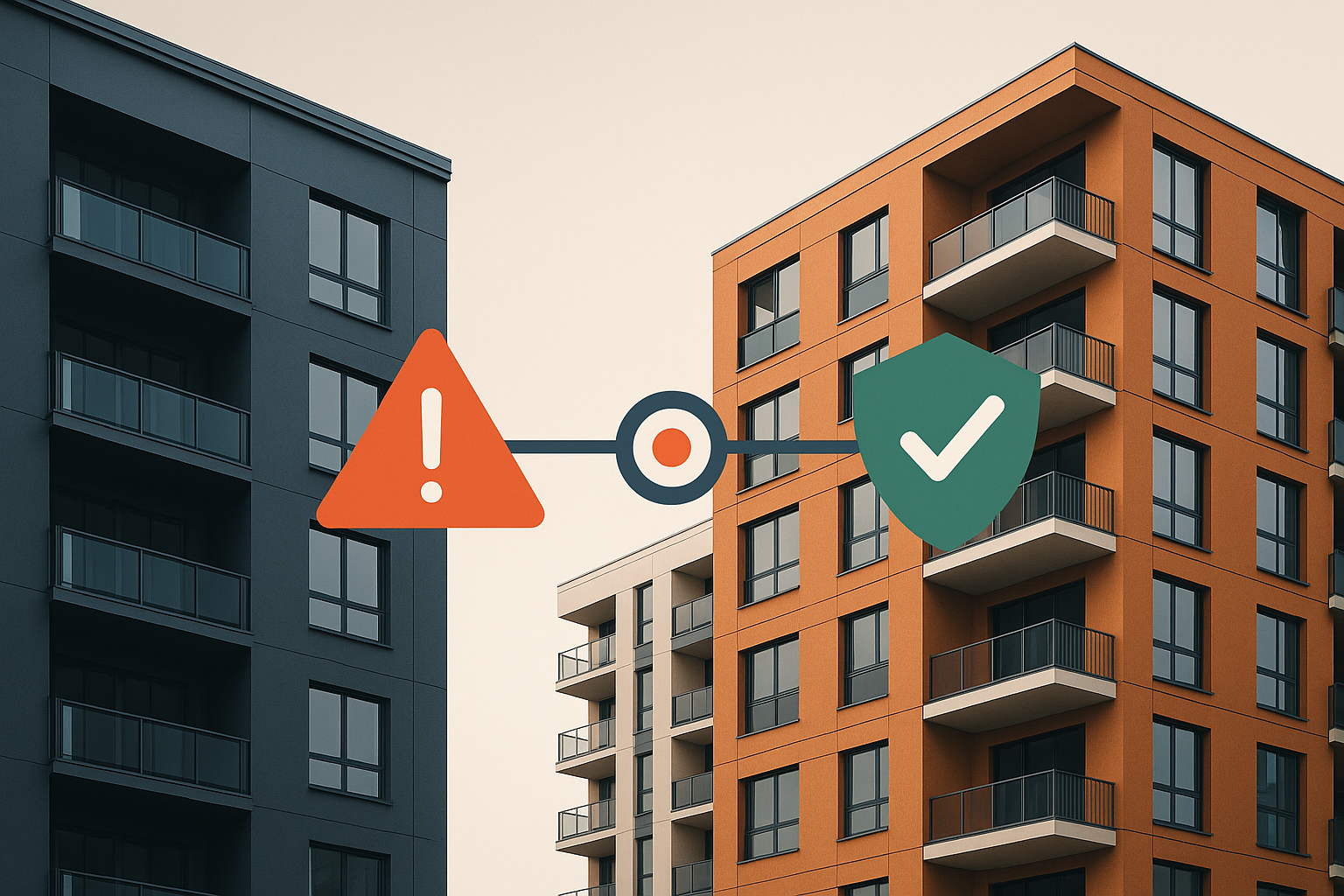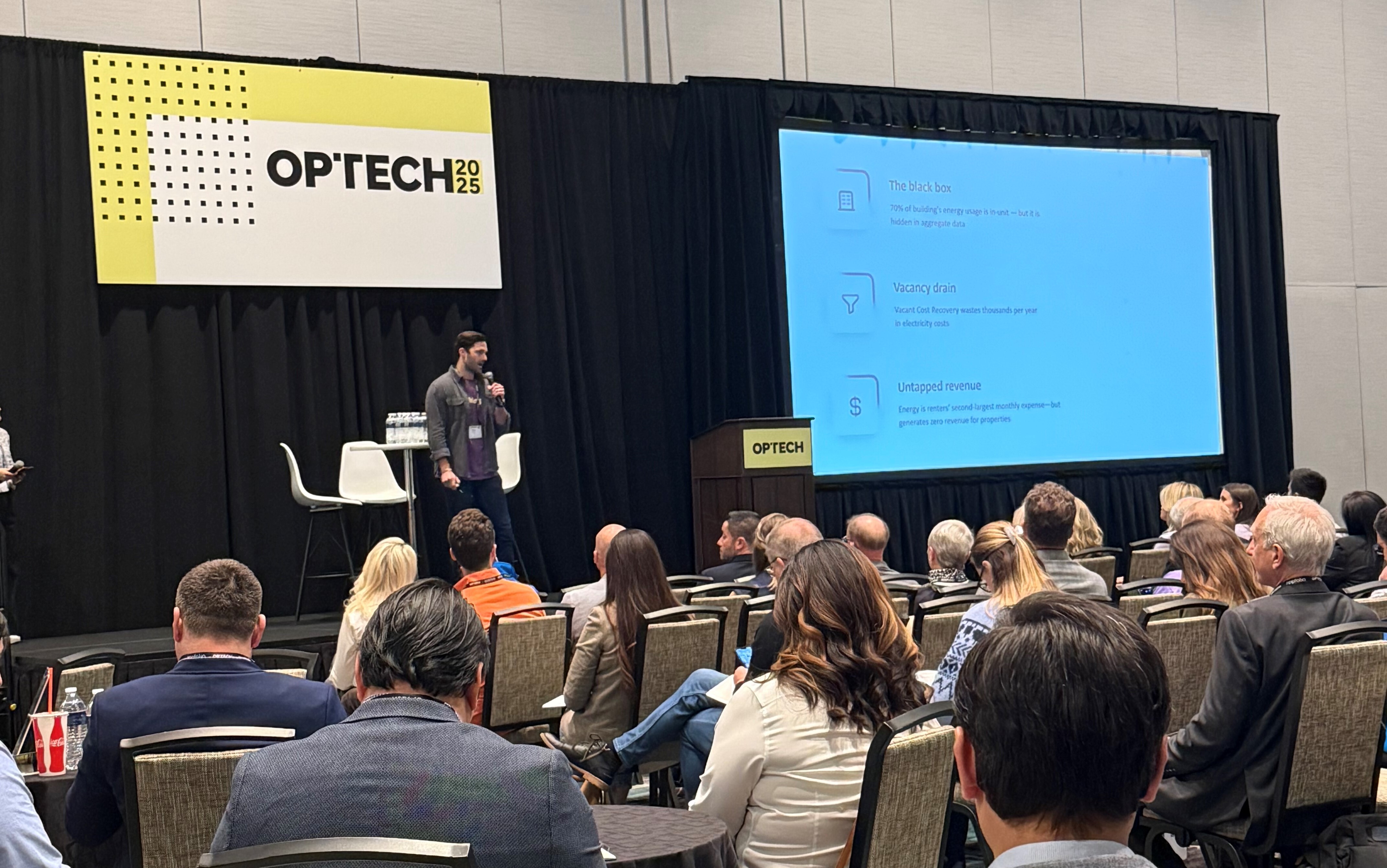

Introduction
As the rental housing industry evolves in 2025, traditional security deposit structures are under increased scrutiny for their effectiveness in managing financial risk. Portfolio-wide analyses suggest that conventional risk projection models frequently fail to align with actual risk exposure, raising important considerations for institutional owners and operators. This article explores how security models function in practice and explores alternative approaches.
Understanding Risk in Security Deposits
Assurified’s cross-portfolio review highlights key insights into risk misalignment within traditional deposit structures:
- Tenants with lower deposits may generate higher-than-expected losses.
- Deposit structures often fail to account for behavioral and financial risk patterns.
- Risk classification needs a clearer definition – without standardized metrics, “high-risk” assessments can vary.
This underscores the need for a data-driven, standardized approach to quantifying and mitigating risk in rental housing. A structured assessment framework – factoring in payment history, financial stability, and lease compliance – could help refine risk categorization and inform more effective deposit strategies.
Evaluating Alternative Models
In response to the limitations of conventional deposits, alternative models such as insurance-based solutions have emerged. However, these approaches introduce their complexities:
- For Renters: Non-refundable premiums, continued liability for damages, and limited wealth-building opportunities.
- For Operators: Administrative burdens, compliance challenges, and potential gaps in coverage.
- Adoption remains varied, with many renters still opting for traditional deposits.
Understanding the trade-offs between these models is crucial for making informed decisions that balance financial protection with operational efficiency.
Beyond Unpaid Rent: The Broader Impact of Tenant Default
The financial impact of tenant default extends beyond unpaid rent, encompassing:
Transactional costs
- Accelerated rent changes
- Concession payback requirements
- Utility recovery costs
- Lease termination fees
- Legal and administrative expenses
- Repairs and property restoration
Operating costs
- Staff time for collections
- Extended vacancy periods
- Increased marketing expenses
- Compliance and reporting requirements
- Technology integration considerations
Many of these costs are hidden, reinforcing the need for a more comprehensive approach to risk management beyond upfront security deposits.
A Data-Driven Approach to Risk Mitigation
Emerging technologies and analytics provide new ways to enhance risk assessment and protection mechanisms:
- Advanced Behavioral Analytics: AI-driven insights to evaluate and predict behavioral risk indicators
- Integrated Risk Management: Automated compliance systems and tailored risk mitigation solutions utilizing captives
- Portfolio Insights: Data aggregation to identify patterns and optimize risk mitigation strategies
By leveraging these innovations, rental housing operators can improve financial stability while enhancing the resident experience.
Looking Forward: Strategic Implementation
To effectively manage resident default risk and simplify compliance, institutions should consider:
- Holistic Risk Management – Addressing risk before, during and after residency.
- Smarter Deposit Structures – Align deposit policies with actual risk exposure or eliminate deposits to streamline compliance.
- Technology Integration – Leveraging real-time monitoring and predictive analytics.
- Enhancing Operational Efficiency – Streamlining deposit alternatives and claims management.
- Resident-Centric Solutions - Balancing financial protection with tenant accessibility.
Conclusion
Effectively managing rental housing risk requires shifting from a narrow focus on security deposits to a comprehensive resident default lifecycle approach. Property owners and operators can better protect assets by addressing risk exposure before, during, and after a tenant’s residency. This approach also creates a more predictable financial framework.
By leveraging data-driven insights and technology solutions, the industry can evolve beyond traditional deposits to reduce risk exposure throughout the lease cycle. A comprehensive strategy - combining advanced fraud management, structured financial protections, and streamlined post-move-out recovery processes - will be crucial for sustainable risk management.
Collaboration and innovation will drive a more resilient and equitable financial model as the rental housing industry evolves.
Contact Us
Ready to elevate your risk management strategy? Assurified’s AI-powered Risk Transformation Platform helps rental housing owners and operators streamline security deposit alternatives, reduce financial exposure, and enhance resident satisfaction. With advanced analytics and modern risk solutions, operators can improve economic performance, increase operational efficiency, and better align deposit structures with actual risk.
Please schedule a consultation HERE or email us at info@assurified.com.

Joe Schwartz is an accomplished digital product leader with over 25 years of experience driving successful B2B platform products from initial launch to rapid growth. Previously, as VP of Product Management and Marketing at Bottomline Technologies, Joe was instrumental in one of the most successful SaaS product launches in modern online banking history. Previously at Bottomline Technologies, Joe led cross-functional teams to deliver a complex core infrastructure migration for more than 150 banks and numerous partners - on time and on budget. He also forged partnerships with premier financial services tech companies to support connectivity and integration. Joe is a co-creator of billion-dollar, market category-defining software platforms. His background covers the full product lifecycle - from initial ideation to growth, enhancement, and strategic partnerships. Joe’s strength lies in assembling strong teams to tackle complex challenges. His pragmatic approach and commitment to customers have driven the success of numerous products and platforms.




